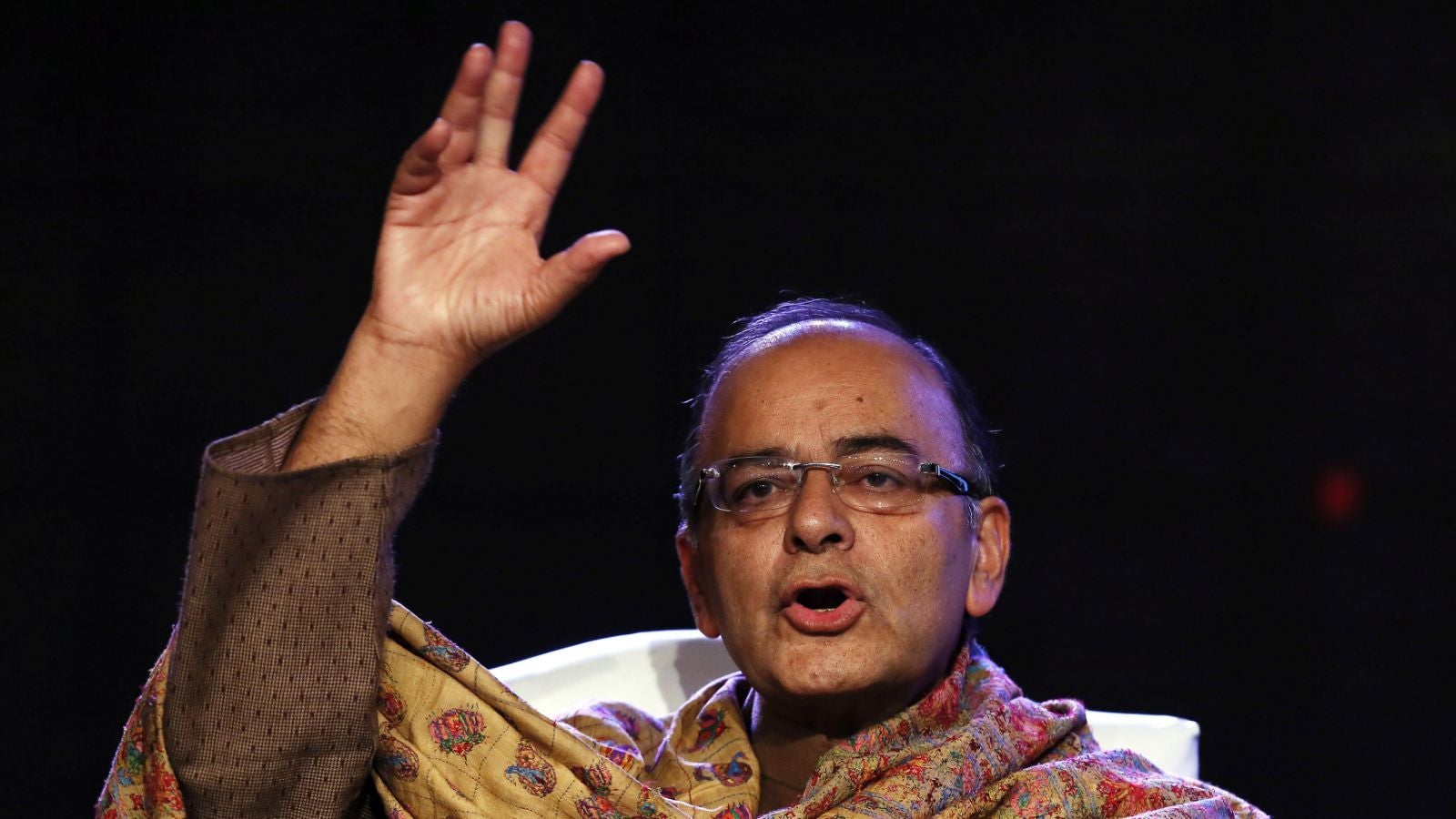India’s finance minister needs to find 5420000000000 rupees in less than 60 days
Last Friday (Jan. 30) turned out to be a pretty good day for Asia’s third largest economy.


Last Friday (Jan. 30) turned out to be a pretty good day for Asia’s third largest economy.
First, the Indian government successfully sold 10% stake in mining behemoth Coal India, raising Rs22,600 crore and finally adding some momentum to its ambitious disinvestment programme.
Second, the government’s statisticians played their hand—revising the base year against which India’s economy is measured, alongside some other tweaks—and the country’s GDP growth rate for the last fiscal jumped from 4.7% to 6.9%. That’ll have an impact on this year’s GDP growth rate and India’s fiscal deficit, which is the difference between the government’s earnings and its expenditure.
Still, just weeks away from the union budget, it’s a race against time for finance minister Arun Jaitley and his team to rein in India’s fiscal deficit to 4.1%—although they do have some tricks in the bag that’ll certainly help.
Tax troubles
While India’s gross tax collections this year have grown by 12.93% to Rs5.46 lakh crore, it is still short of the targeted 16% growth. On top of that, refunds worth about Rs98,260 crore have drained the finance ministry.
Direct taxes are levied on individuals and organisations and differ based on their income levels. But indirect taxes—such as customs or excise—are charged on sale of goods and services.
The net collection of direct taxes, which is the figure the government should be relying on, has hardly grown by 7% to Rs4.48 lakh crore. That’s 39% short of the Rs7.36 lakh crore goal for direct tax collection set for the year, a steep 16% jump from the last year’s actual collection of Rs6.33 lakh crore.
Scrambling to achieve the tall targets, the Central Board of Direct Taxes has decided to aggressively find tax evaders, and approach 550,000 non-filers to bridge the shortfall gap.
Even the indirect tax collection figures that were released last month weren’t too impressive. It’s only grown by 5.1% to Rs3.7 lakh crore as on Dec. 1, 2014. That means a total of Rs2.54 lakh crore need to come via indirect taxes before the current fiscal is up.
If the cumulative (direct and indirect together) tax collection figure is considered, then the last quarter of this financial year would require the finance ministry to collect Rs5.42 lakh crore, which is 40% of the targeted Rs13.6 lakh crore.
That’s a substantially big tax hole, and here’s what the finance minister has been doing to help fill it up and control the fiscal deficit.
Slash expenses
One surefire way to help inch closer to the fiscal deficit target is to cut down on investments—planned and unplanned. And the government’s already been considering that option. “At this stage, we feel confident we can meet it (the fiscal deficit target) with expenditure cuts. If that’s not possible, we will look at other measures,” chief economic advisor Arvind Subramanian said in an interview in December 2014.
In anticipation of lower tax collections, the finance minister had began belt tightening measures across the government and ordered a 10% mandatory cut in non-plan expenditure in October 2014.
Then, earlier this year, the finance ministry was reportedly mulling implementing cuts on plan expenditure across government departments after the finance ministry’s Mid-Term Economic Analysis (MTEA) stated the government may have over-projected revenue collections by Rs1.1 lakh crore.
The fuel subsidy bill is likely to be nearly half of the Rs1.6 lakh crore reported in 2013-14, owing to a 60% drop in crude oil prices. Had the crude oil price not slackened, letting go of diesel subsidy worth about Rs60,000 crore would never have been possible.
Moreover, the 2G and 3G telecom auction would help the government add Rs1 lakh crore to the coffers.
But cutting expenditure isn’t a particularly good move in a sluggish economy, so even industry lobbies such as the Associated Chambers of Commerce of India (Assocham) weighed in with request for investments to continue.
“Heavens would not fall if the fiscal target of 4.1% in the current financial year (FY15) is not met and the deficit moves up somewhat. But it will be quite detrimental to the efforts for economic revival if different ministries are asked to squeeze their planned budget and it saves the day for the fiscal consolidation,” the lobby said.
Banking on PSUs
The government’s other crutch are public sector undertakings (PSUs), which are expected to fork out additional dividends to help cover for the insufficient tax collections.
The 229 central PSUs—that are sitting on a cash pile of Rs2.66 lakh crore, as on March 2013—need to compulsorily give a dividend of 20%. But they end up offering much more.
During the last financial year, the dividends finally collected from PSUs were 44% higher than the Rs29,870.12 crore announced in the 2013 union budget. So, it remains to be seen exactly how much the dividend target of Rs27,815.10 crore for the ongoing fiscal will be exceeded by.
In fact, the difference between the estimates of dividends from PSUs and the actual collection has been growing each year. In 2011-12, they gave dividends that were 19.5% higher than the budget estimates, while the year before, it was 9% over the budgetary target.
Also, with Coal India’s stake sale deemed successful, a few more could be rushed down the disinvestment chute before the year is up.
So much to do, but so little time.